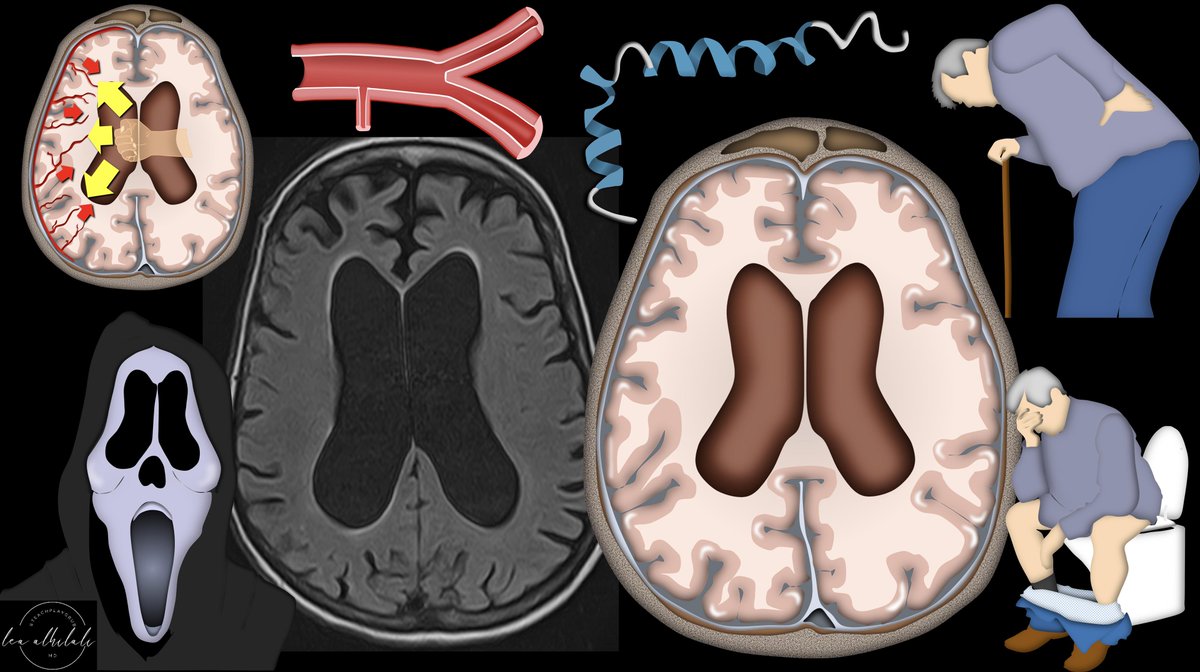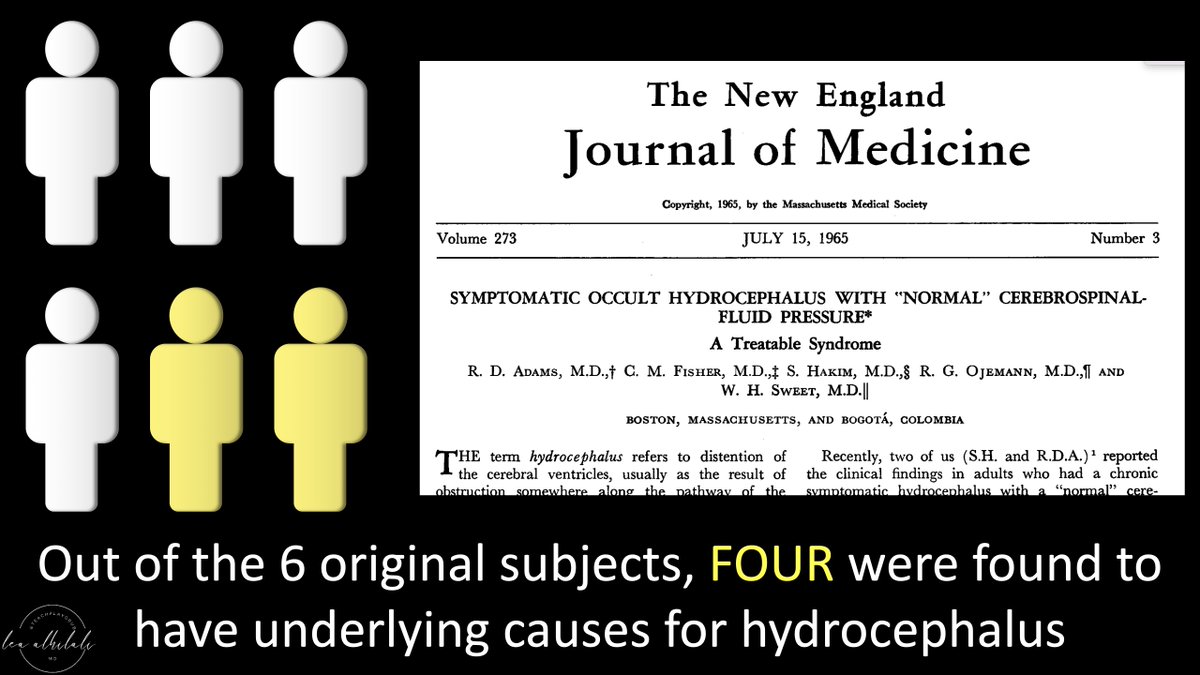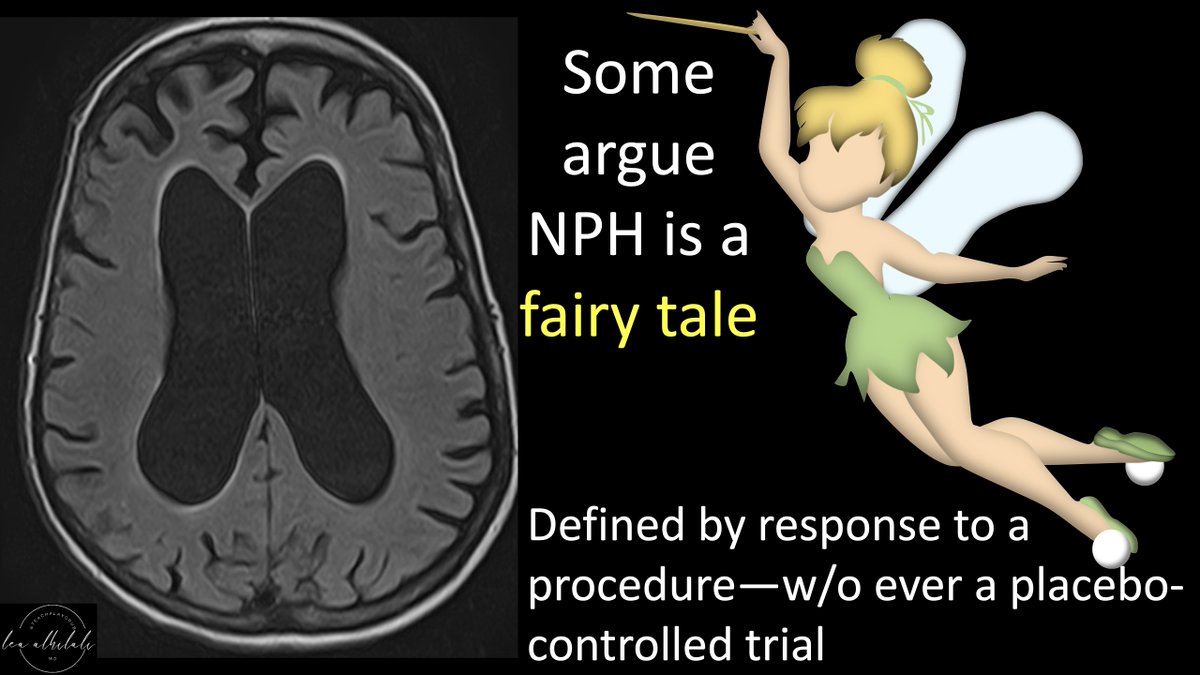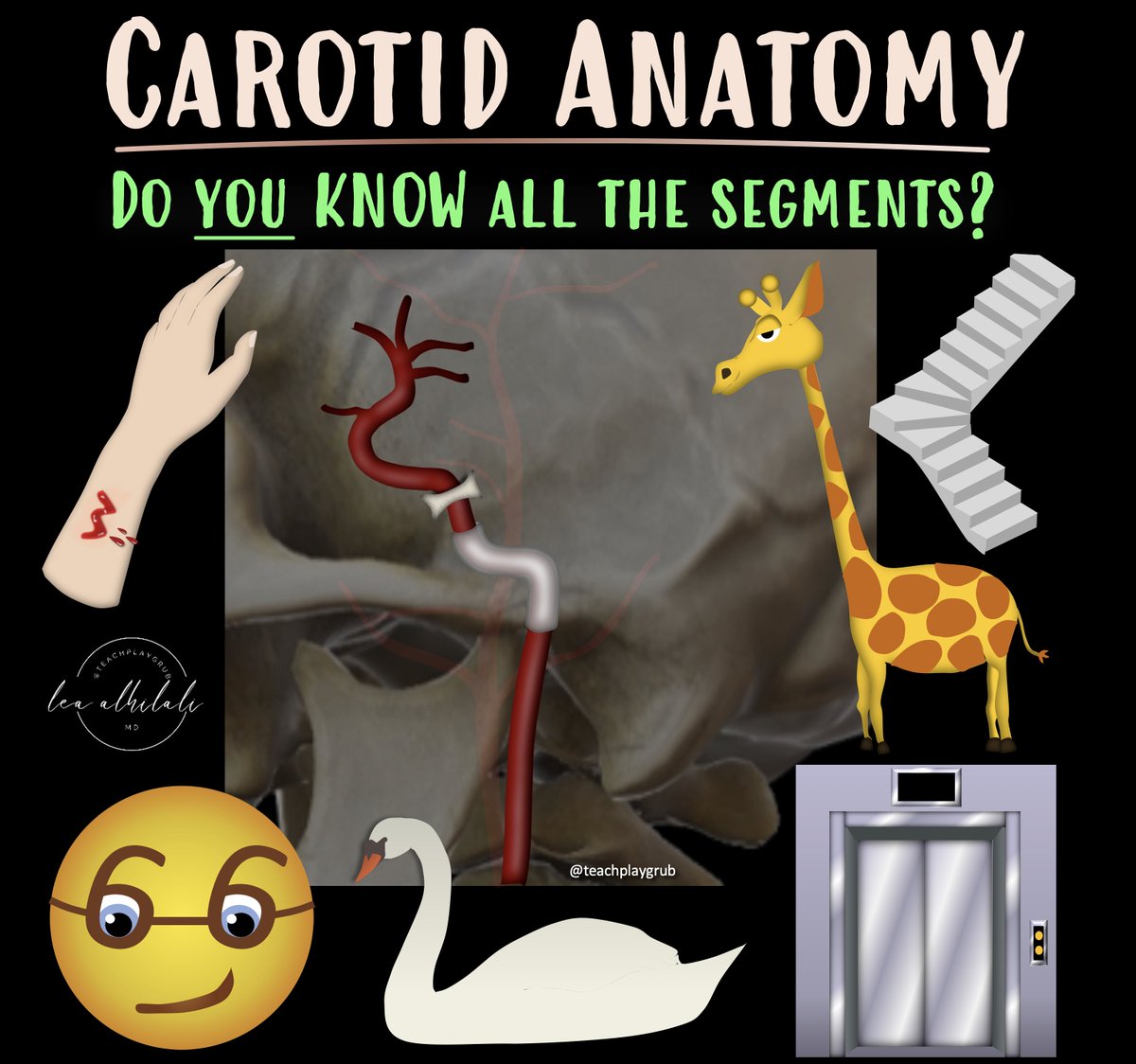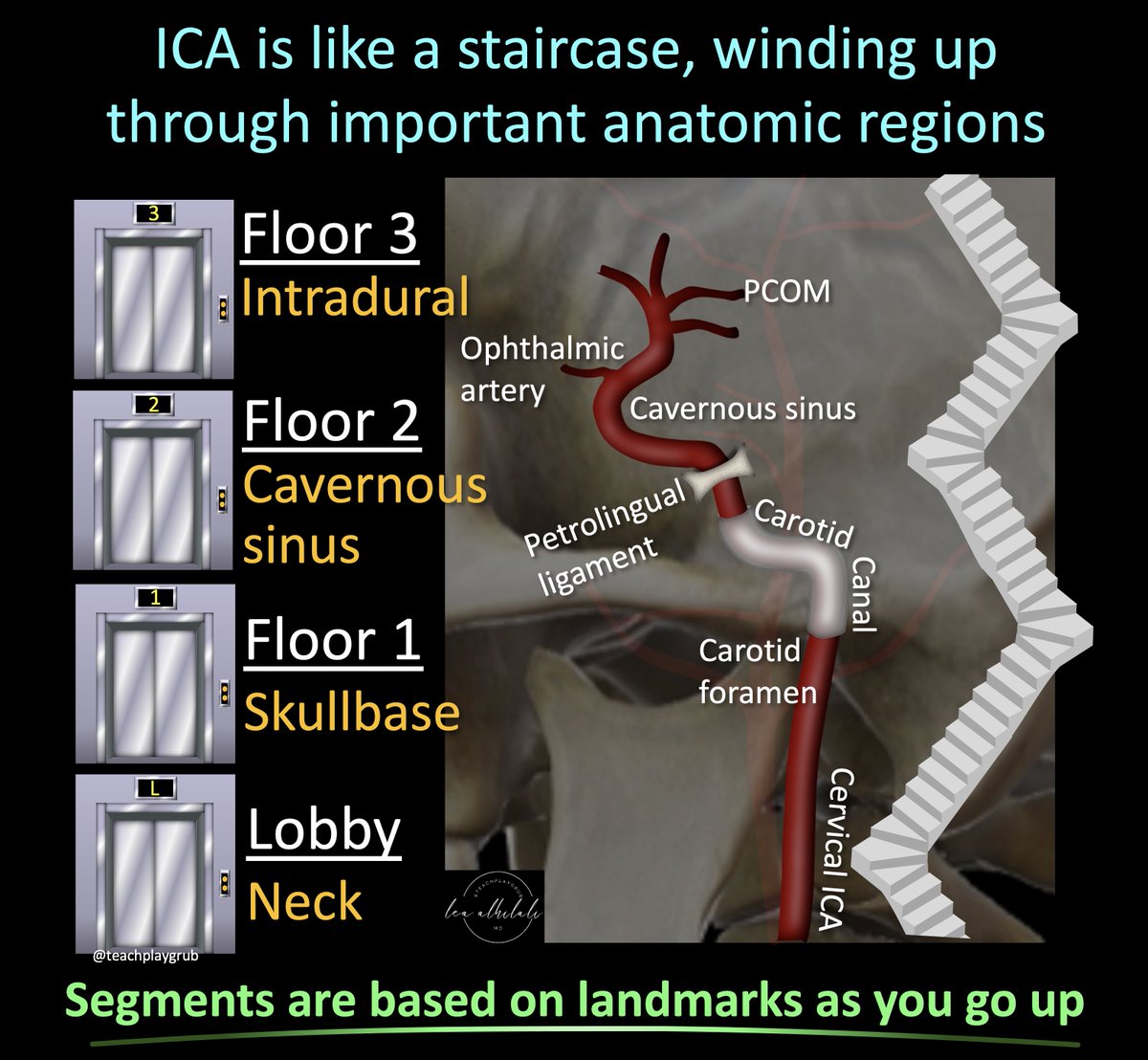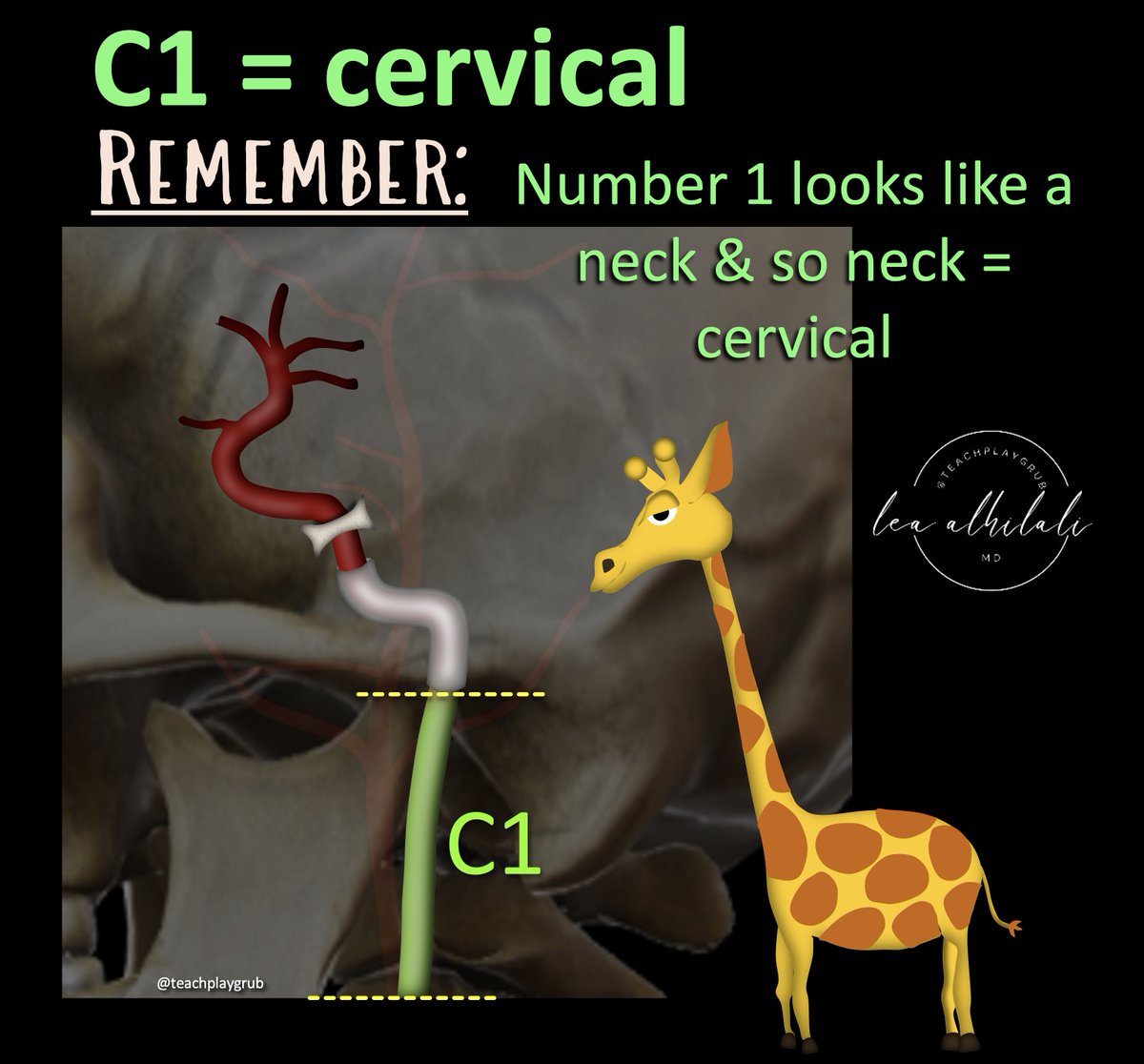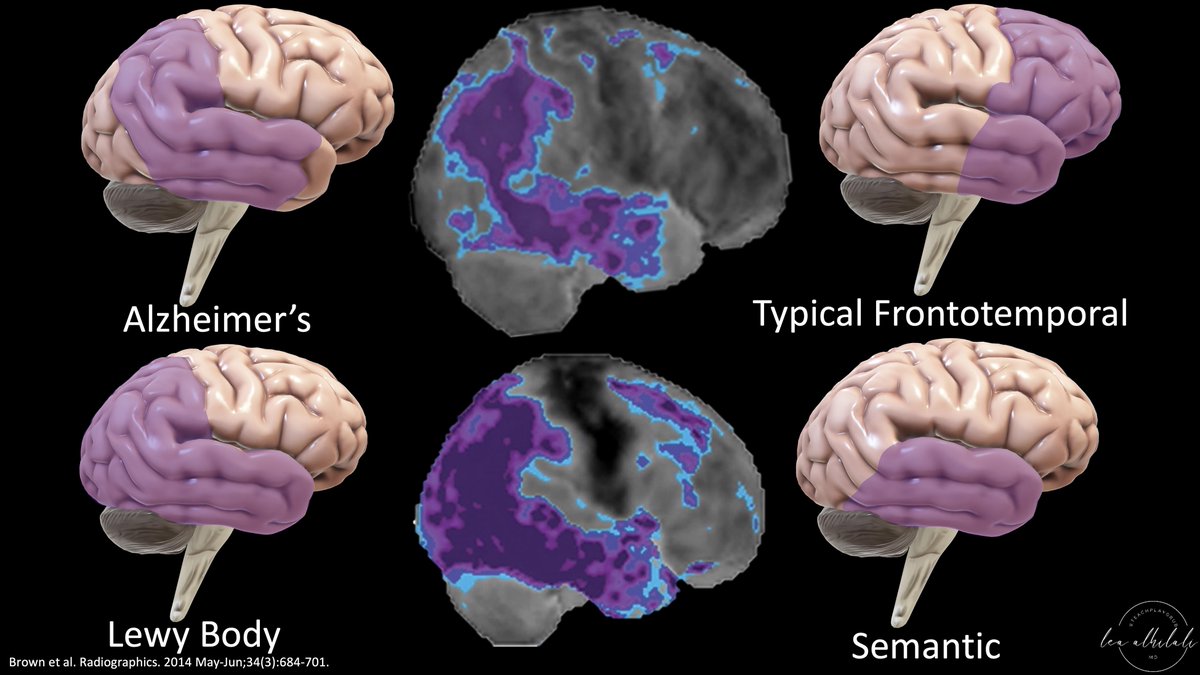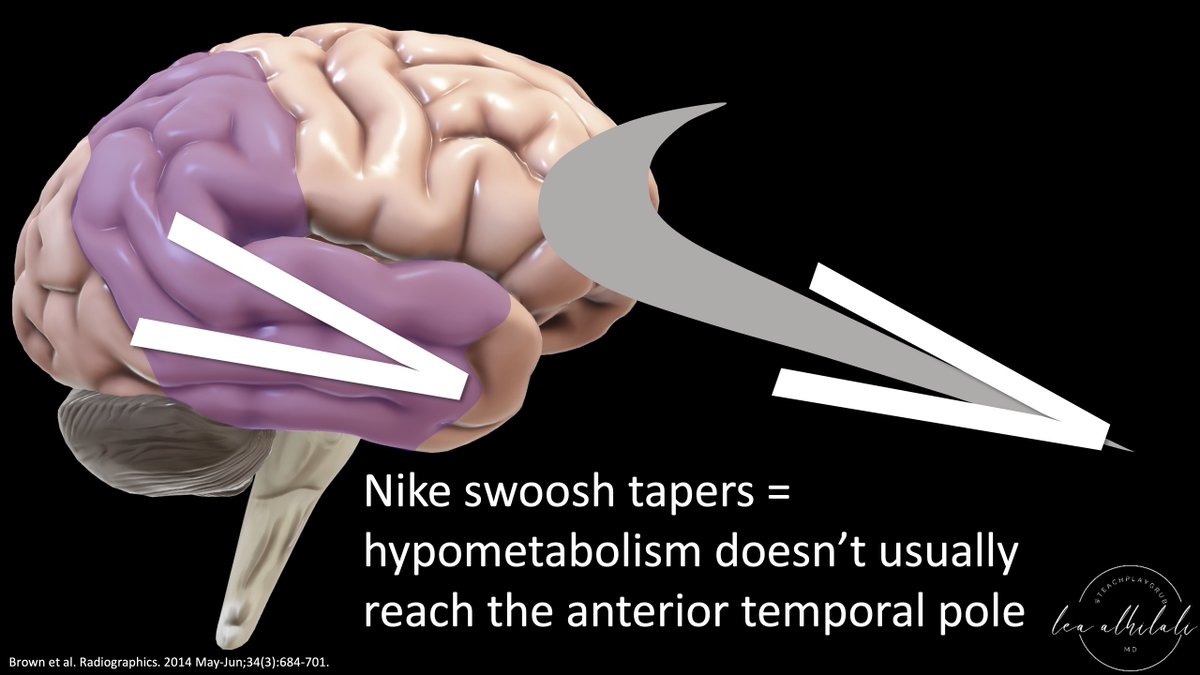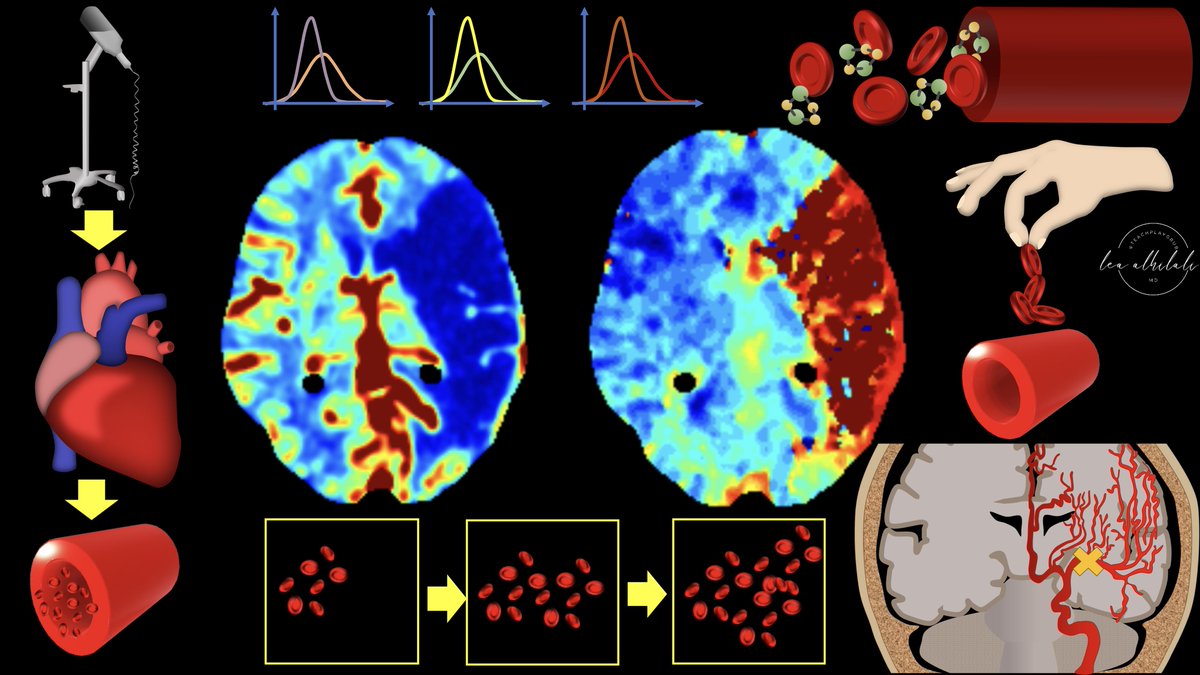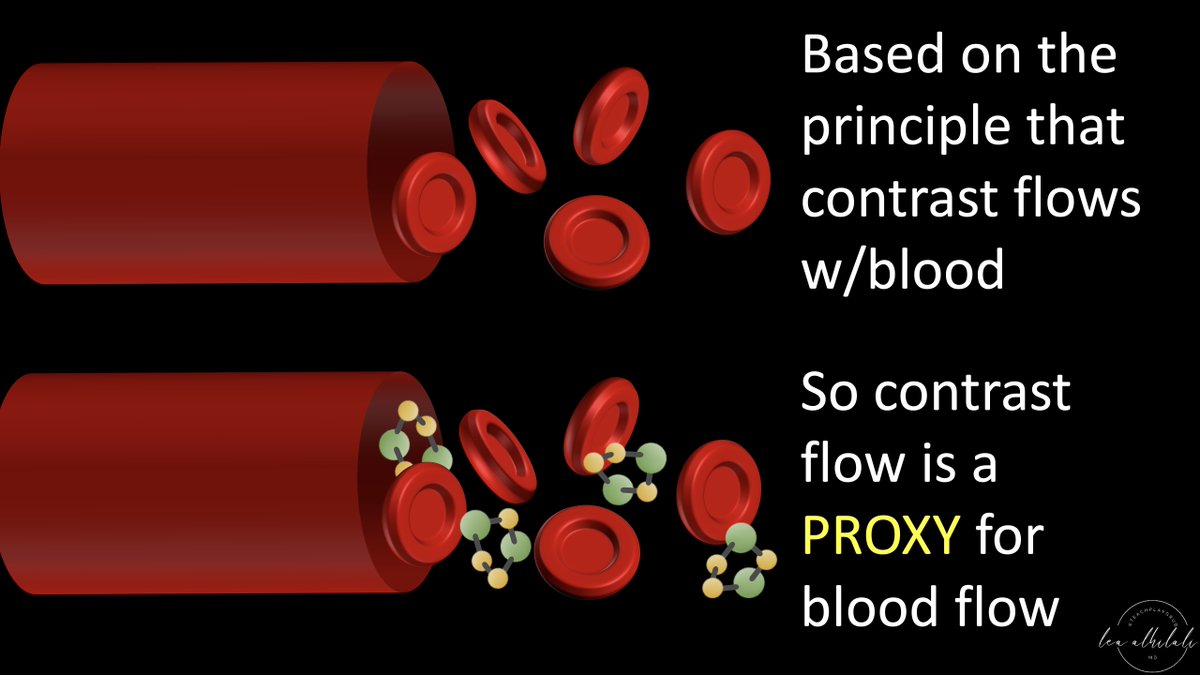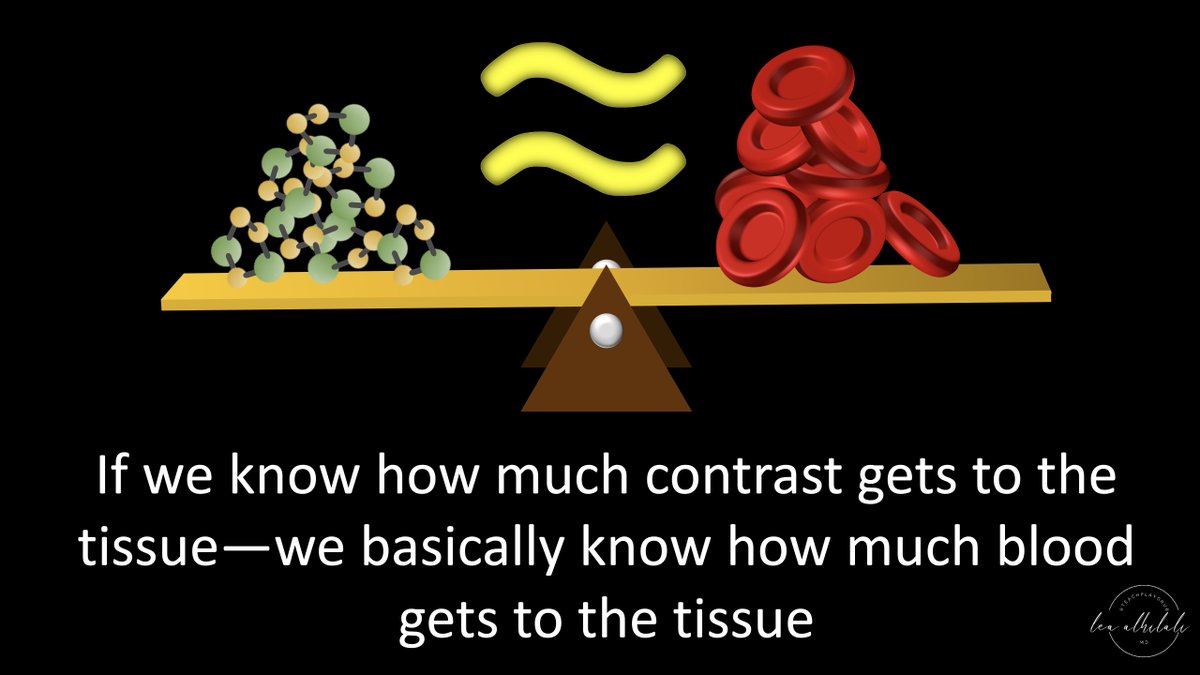1/”You want me to put my needle where??” my fellow asked incredulously. It’s daunting, but it works—image-guided sphenopalatine ganglion blocks
Here’s a #tweetorial about this underutilized but effective procedure! #medtwitter #neurology #headache #migraine #neurotwitter #FOAMed
Here’s a #tweetorial about this underutilized but effective procedure! #medtwitter #neurology #headache #migraine #neurotwitter #FOAMed

2/Sphenopalatine ganglion (SPG) is the largest collection of neurons outside the brain—like a mini brain just for your face. It contains sensory, sympathetic, & parasympathetic nerve fibers. Given this, it’s not surprising that it’s felt to contribute to facial pain syndromes 

3/SPG is a meeting point for the sensory nerves from V2 (thus related to trigeminal neuralgia) & the sympathetics and parasympathetics from the greater superficial and deep petrosal nerves, which have been implicated in cluster headache, migraine, & other facial pain syndromes. 

4/We can see the SPG in the pterygopalatine fossa on MR neurography. We can see V2 in rotundum as well as the greater superficial petrosal (GSP) & deep petrosal nerves forming the vidian nerve right below rotundum in the vidian canal. These come together as the SPG in the PPF. 

5/ SPG blocks are classically for cluster HA/trigeminal autonomic cephalgia (TAC) bc of its parasympathetic activation (lacrimation, rhinorrhea, etc) & sympathetic dysfunction (ptosis & miosis)—but it has been found to be effective in other HA and facial pain syndromes 

6/The simplest SPG block method is the transnasal topical approach. A cotton swab applicator soaked w/local anesthetic is advanced posterior to the middle turbinate. It is then laid against the mucosa in that region & the anesthetic is absorbed through the mucosa to the SPG. 

7/The next more invasive step is to add to the insertion of a curved catheter, to inject local anesthetic, rather than just laying a cotton soaked tip in that region. However, the injected anesthetic is still absorbed through the mucosa to the SPG. 

8/A more direct route is to come to the SPG from below, inserting a syringe through the greater palatine foramen of the posterior hard palate & directly injecting upward into the PPF, where the SPG lives. However, there are many significant drawbacks to this method. 

9/Finally, the most direct method is from an infrazygomatic approach to the PPF under image guidance to directly inject anesthetic & possibly steroid directly onto the SPG. This has the advantage of targeted & precise delivery. Only drawbacks are technical difficulty & radiation. 

10/Which approach is the best? Intranasal is easier and less invasive, but infrazygomatic is more precise. Some studies have suggested precision matters. So don’t be afraid to put your needle where it needs to go to help relieve the patient’s pain. 

• • •
Missing some Tweet in this thread? You can try to
force a refresh





